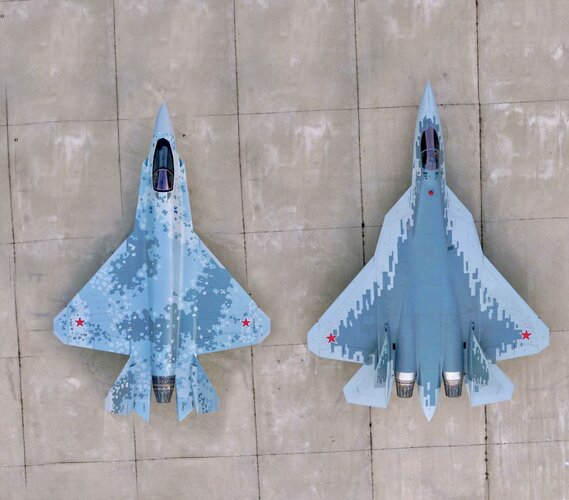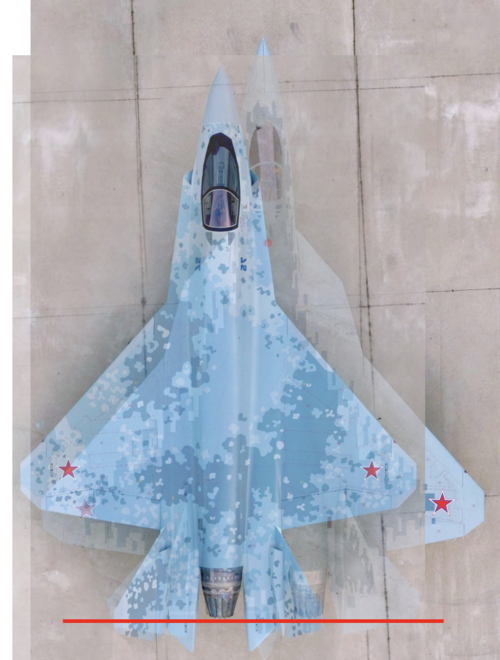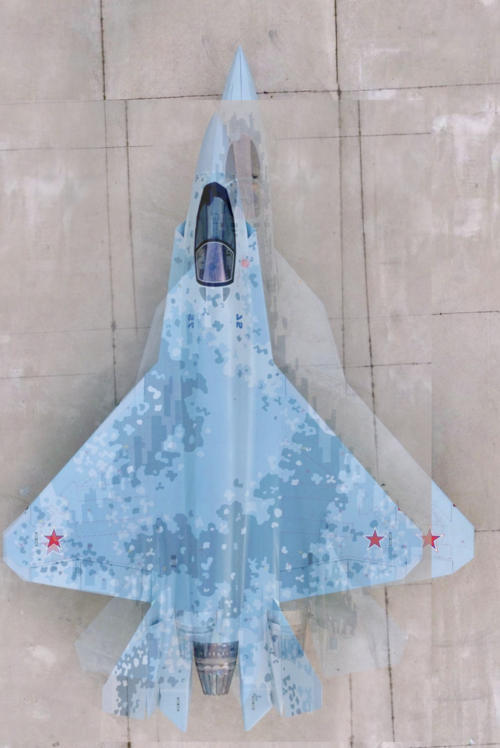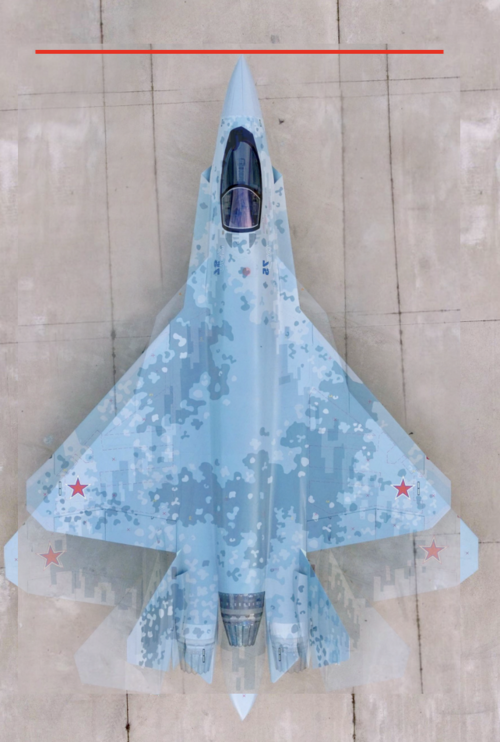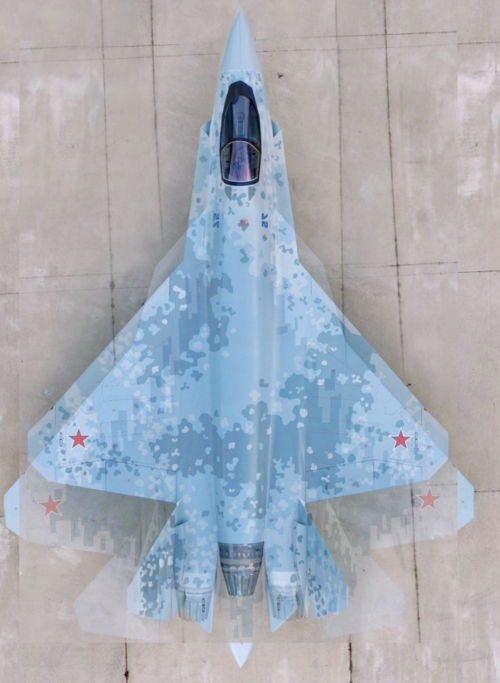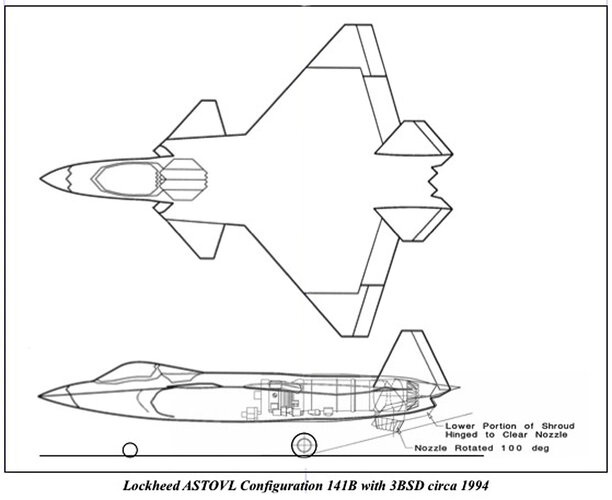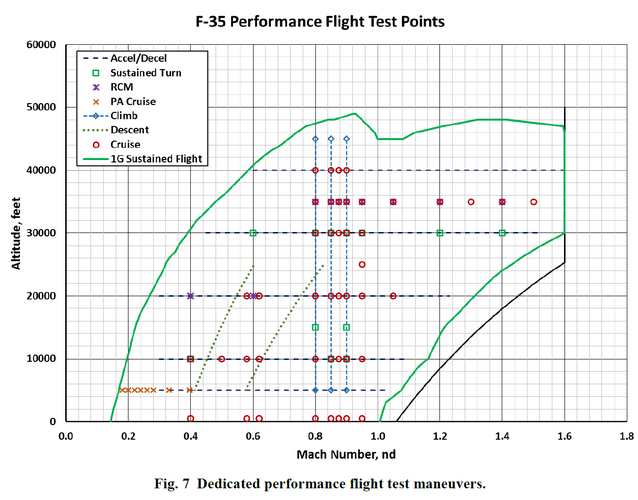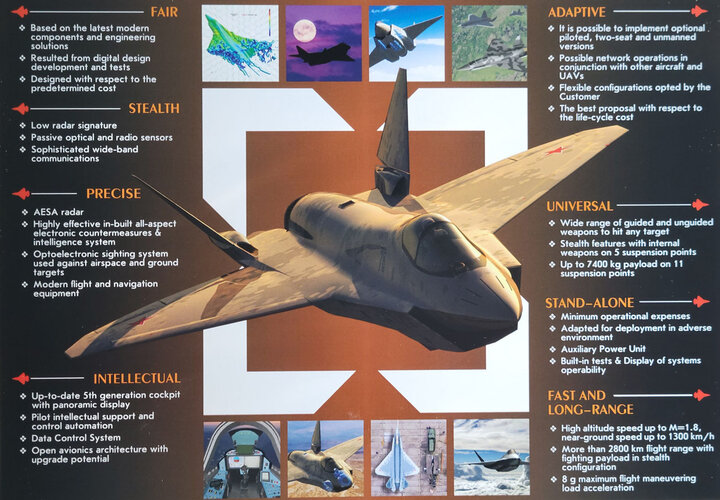The diffuser section in front of the engine should have a circular cross section to minimize distortion for at least a duct diameter's length worth, ideally more. I would say that it's not the STOVL requirement itself that forced a short fuselage on the F-35, but when combined with other requirements, particularly the Navy's. The original ASTOVL/CALF design, which only had CTOL and STOVL variants, was a canard delta, and the overall length was considerably closer to the fuselage length. When Navy requirements for carrier recovery were factored in, it was one of the major reasons that the configuration changed to a wing-tail design, with the stabilitors extending well behind the fuselage. That said, all these factors and requirements shouldn't be viewed in isolation, as some of the canard delta configurations during JAST/JSF did extend some control surfaces well behind the fuselage. In any case, fineness ratio itself isn't something to be designed around, it's a fallout of the aerodynamic design as a whole, and there's also the fact that even without three-stream technology, the F135 isn't quite making full use of the F-35's inlet.The duct is a flexible shape, while the engine is not. It is smaller in diameter, and has no ancillaries or need to provide access for maintenance and exchange as the engine does. I did the effort of checking layouts in 3D and came to a design basically identical to the LTS, there is no way of achieving such slender fuselage and reduced cross section with weapon bays parallel to the engine, it simply does not work, by a wide margin. Much less if the engine is as big as the F135.
I understand the LHA constraint, but if you notice the position of the engine, it is like two-three meters to the front compared to how it could be without surpassing the current length of the plane, and very much unlike in planes like LTS, JAS-39 or F-16 which are designed for outstanding aerodynamics. So I conclude that the main factor was the STOVL requirement, in the sense of getting the main engine's thrust as close as possible to the CoG. This, together with the need of the lifting fan behind the cockpit, forced the bays to the sides of the engine and ultimately placed a cap on the dynamic capabilities of the plane. IMHO
Back to the LTS, towards the end of the Cold War, it appears that Soviet air arms had an institutional aversion to single-engine tactical fighters, which carried into the Russian Air Force. Let's see if this has been shaken off.
Last edited:

